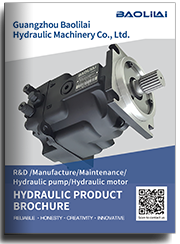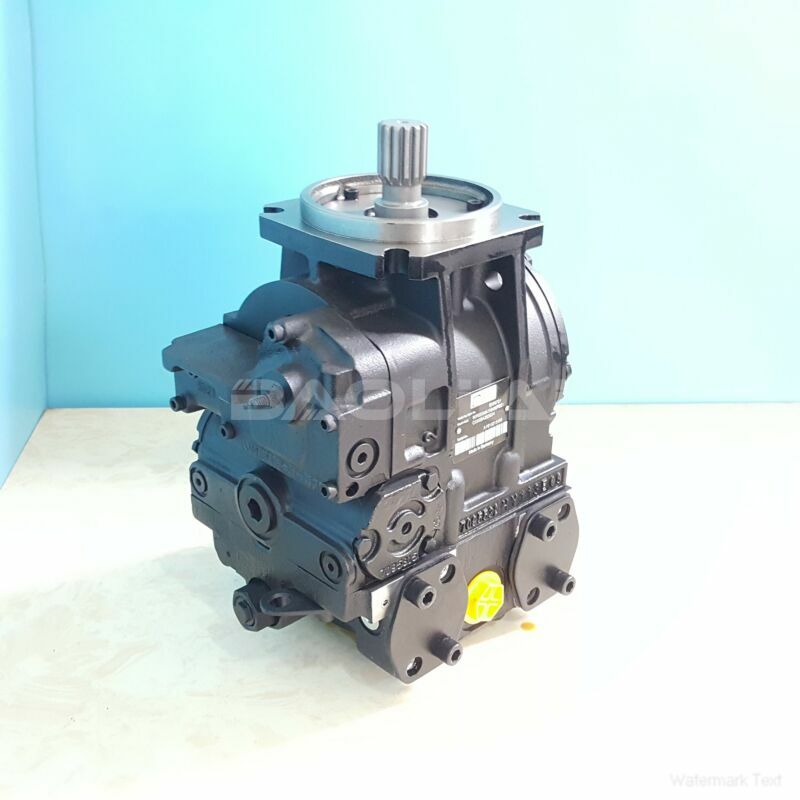90R075KA1NN80L4S1D03GBA141424 danfoss pump
90R075KA1NN80L4S1D03GBA141424 danfoss pump

- Product Details
- Applicable Scene
Plunger pumps play a crucial role in various industries, including oil and gas, chemical processing, and water management. Their design allows them to move fluids efficiently, but as we face increasing environmental challenges, optimizing their energy use has become essential. This article explores the importance of energy efficiency in plunger pumps, the strategies for optimization, and the impact on the environment.
90-R-075-KA-1-NN-80-L-4-S1-D-03-GBA-14-14-24
90R075KA1NN80L4S1D03GBA141424
The energy consumption of plunger pumps can significantly influence operational costs and environmental sustainability. Traditional pumps often operate at less than optimal efficiency, leading to increased energy costs and higher greenhouse gas emissions. By focusing on energy optimization, organizations can reduce their carbon footprint, conserve resources, and ultimately improve their bottom line.

83039766
One effective strategy for optimizing energy use in plunger pumps is to conduct a thorough energy audit. This process involves assessing the current pump performance, identifying inefficiencies, and determining the energy losses at various operational stages. By understanding the specific areas where energy is wasted, companies can implement targeted improvements that can yield significant energy savings.
Another approach is to invest in advanced control systems. Modern plunger pumps equipped with variable frequency drives (VFDs) allow for real-time adjustments to pump speed according to demand. This capability not only enhances the efficiency of fluid movement but also reduces wear and tear on the equipment, extending its lifespan and minimizing maintenance costs.
Additionally, selecting the right pump size is critical for energy optimization. Oversized pumps often operate inefficiently, consuming more energy than necessary. By evaluating the required flow rates and pressures for specific applications, choosing the correctly sized plunger pump can lead to considerable energy savings and performance enhancements.
Regular maintenance and monitoring also play a vital role in ensuring optimal energy use. Routine checks and preventive maintenance can identify issues such as wear, leaks, or mechanical failures that negatively impact pump efficiency. Implementing a predictive maintenance strategy, where data analytics are used to anticipate failures before they happen, can further enhance performance and reduce downtime.





